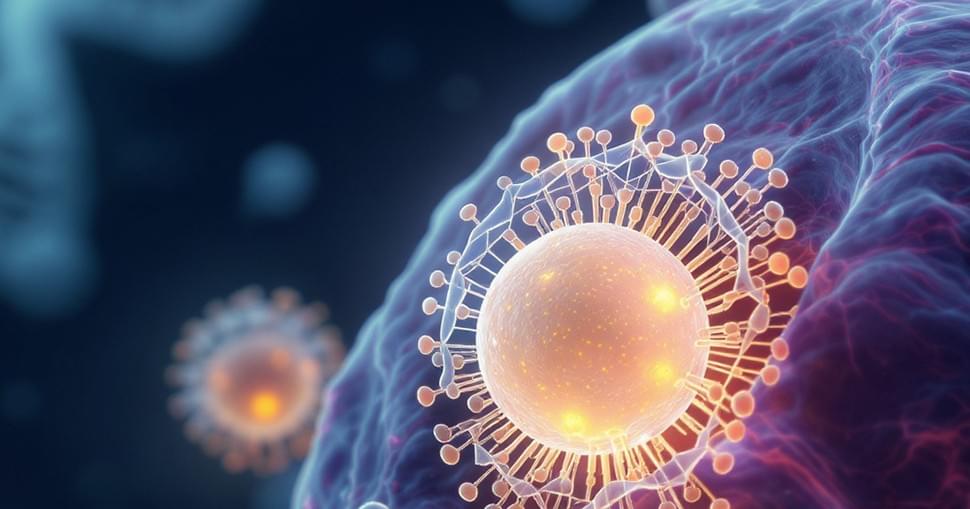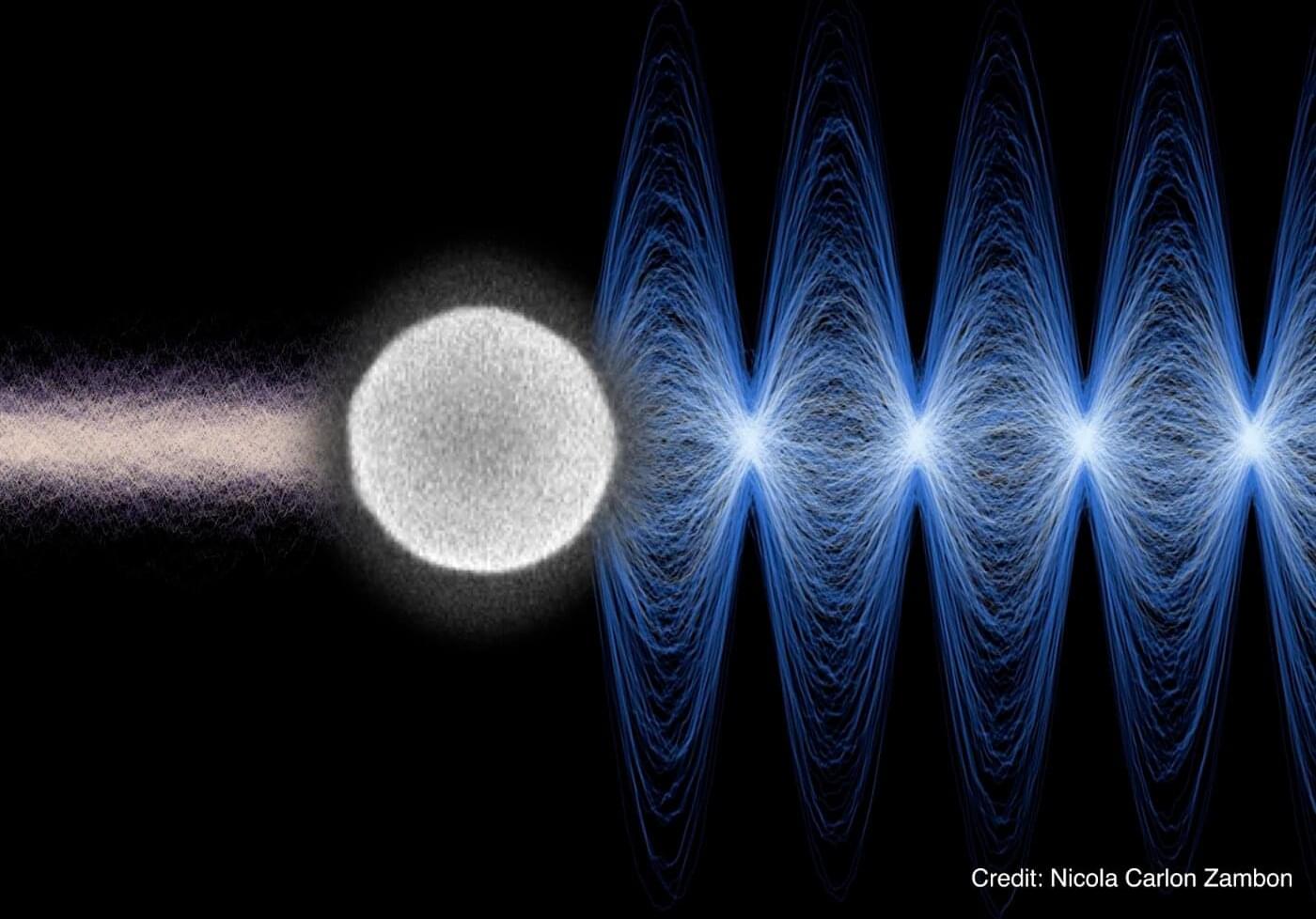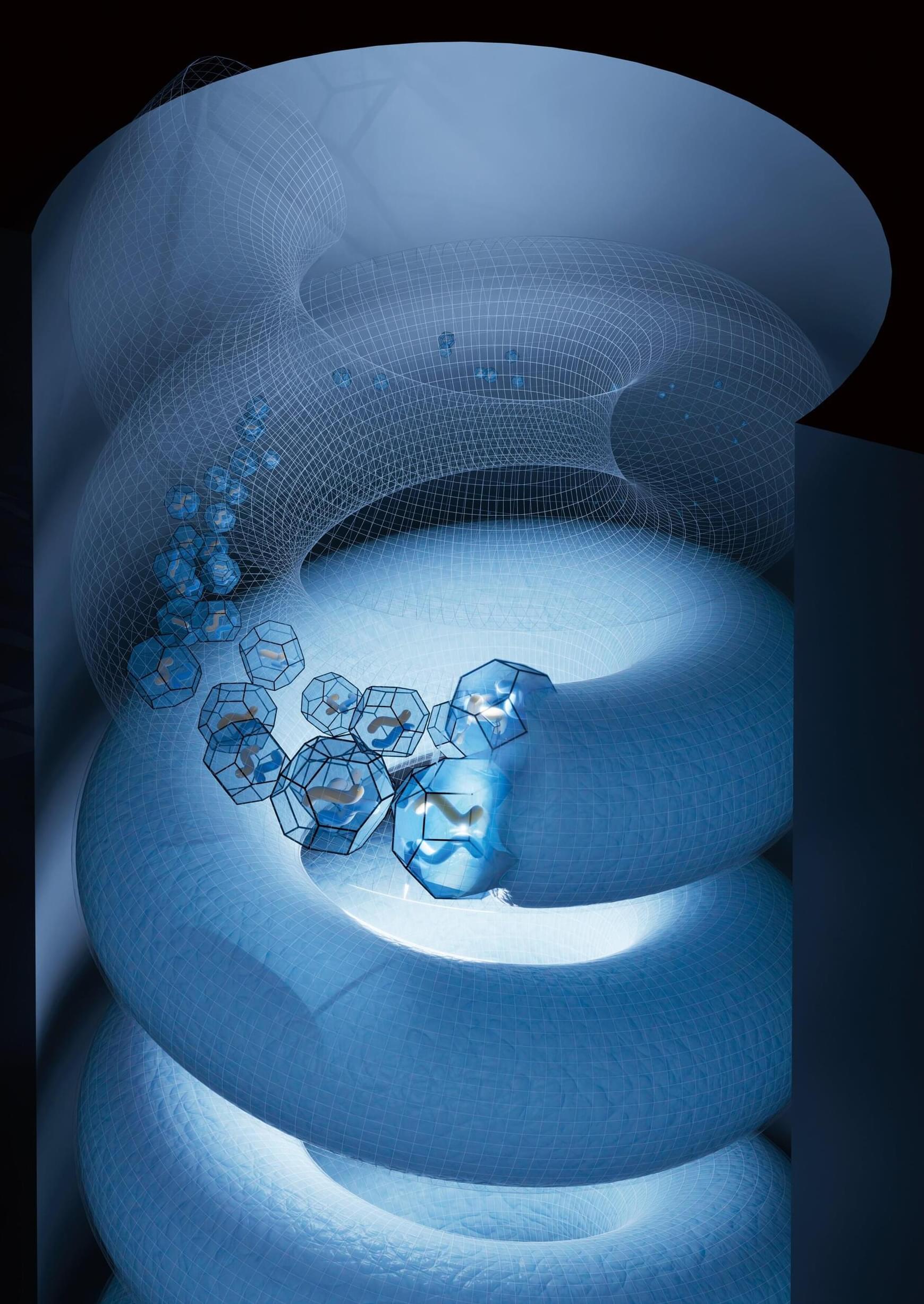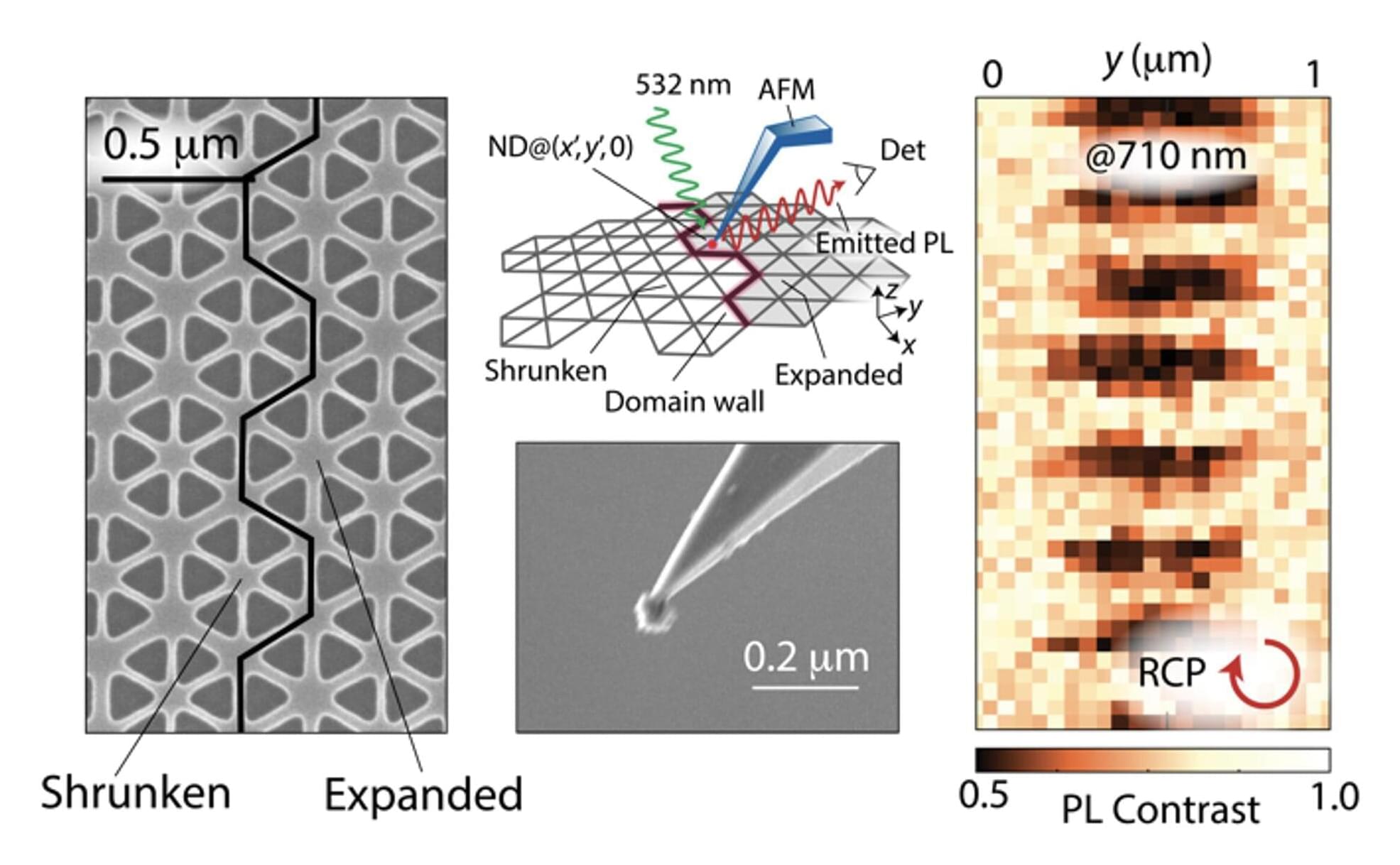For the protein qubit to “encode” more information about what is going on inside a cell, the fluorescent protein needs to be genetically engineered to match the protein scientists want to observe in a given cell. The glowing protein is then attached to the target protein and zapped with a laser so it reaches a state of superposition, turning it into a nano-probe that picks up what is happening in the cell. From there, scientists can infer how a certain biological process happens, what the beginnings of a genetic disease look like, or how cells respond to certain treatments.
And eventually, this kind of sensing could be used in non-biological applications as well.
“Directed evolution on our EYFP qubit could be used to optimize its optical and spin properties and even reveal unexpected insights into qubit physics,” the researchers said. “Protein-based qubits are positioned to take advantage of techniques from both quantum information sciences and bioengineering, with potentially transformative possibilities in both fields.”







